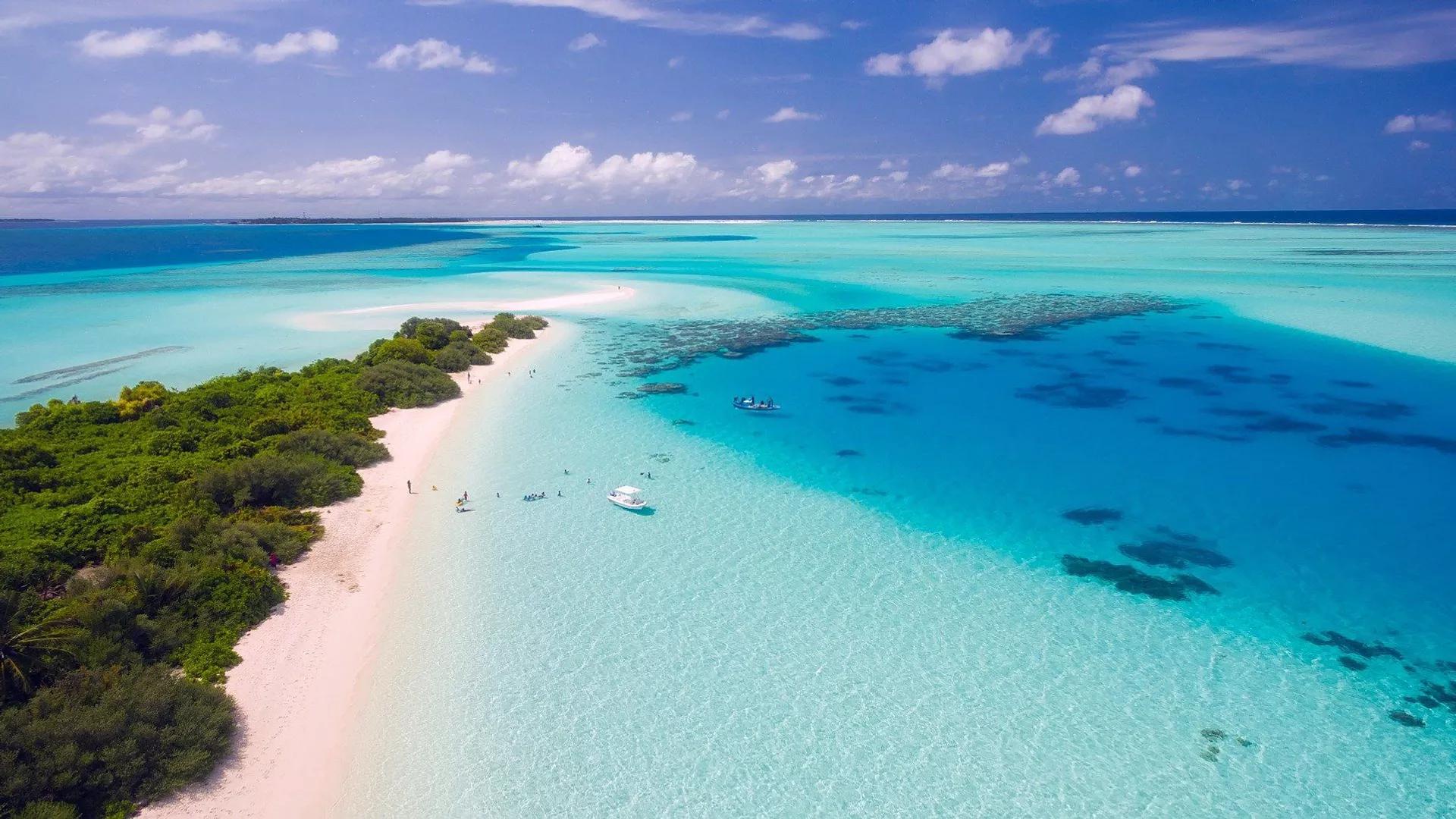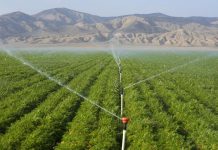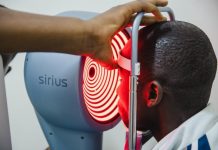Africa-Press – South-Sudan. With their alternation of steep vertical cliffs and terraces built from volcanic subsea strata and fossilized reefs, the chain of 26 coral atolls southwest of Sri Lanka and India forms the Maldives archipelagic state. Recently, scientists embarked upon a mission to map the deep ocean life thriving there.
A recent submarine mission to a seamount in the Maldives archipelago led to the discovery of a remarkable thriving deep-water ecosystem never described before.
Dubbed by researchers as “The Trapping Zone,” it is a 500-meter-deep world where large fish predators such as sharks, schools of tuna, the spiky oreo, and the alfonsino, a deep-water red bream, all gather to feed on swarms of small sea creatures called micro-nekton.
Nekton are small aquatic organisms that can swim independently of the current and typically range from 2 cm to 10 cm in size. These creatures migrate from the deep sea to the surface at night, feeding on zooplankton. They subsequently dive back into the deep at dawn in a phenomenon known as “vertical migration.”
After scientists on the Nekton Maldives Mission (September 4 – October 7) undertook the first systematic survey and sampling of the Maldives from the surface to 1,000-meter depths, they came up with the Trapping Zone theory. The joint partnership between the Maldives government and the Maldives Marine Research Institute was sponsored by Omega, who provided the state-of-the-art Omega Seamaster II submersible vehicle, allowing the mission to collect various biological samples, video evidence, and conduct extensive sonar mapping.
The international team stumbled on the new ecosystem surrounding the “Satho Rahaa” deep-sea mountain based on the movement of the micro-nekton. The unique topography of submerged volcanic ridges and fossilized carbonate reefs dating back 60 million years prevents micro-nekton from diving deeper than around 500 meters. Thus, they find themselves “trapped,” becoming easy prey for larger predators residing in the zone.
It was on board the glass bubble submarine known as the Omega Seamaster II that aquanauts on the mission observed the teeming ecosystem. If such a system exists in the Maldives, it’s likely more like it can be found at other oceanic islands with similar underwater structures.
“Knowledge obviously will help us to protect the ocean because then we know which areas we need to protect, which areas we need to manage properly and also how we manage development of tourism as well as the fisheries sector,” Shauna Aminath, Maldives environment minister, added.
For More News And Analysis About South-Sudan Follow Africa-Press






